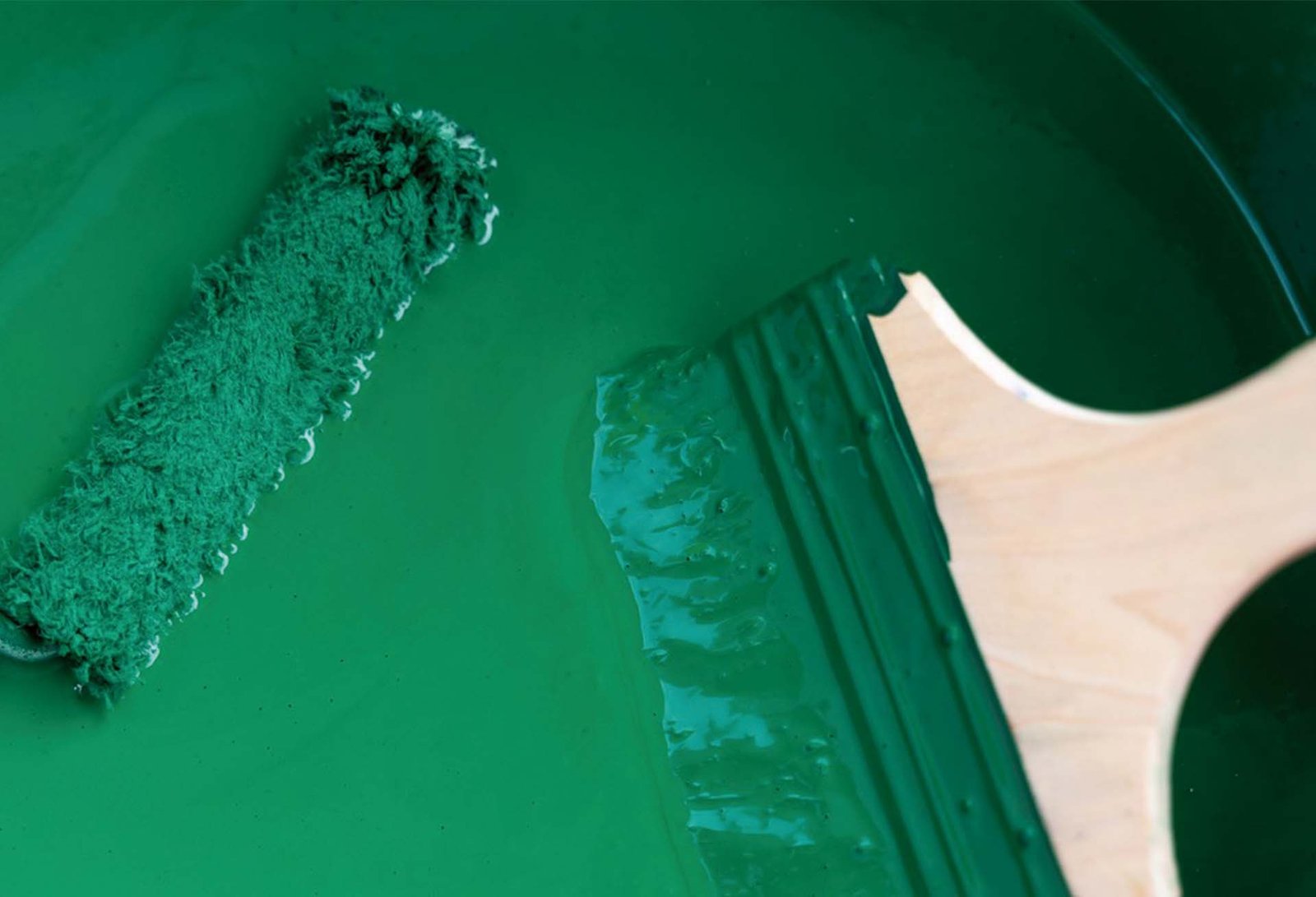In the century-long development of the coatings industry, inorganic pigments have always played an indispensable role. Among them, chrome oxide green (chromium trioxide, Cr₂O₃) has stood as an “evergreen” in green pigments due to its unique chemical stability and optical properties. As a technological leader in this field, VerdeChrome chrome oxide green pigment not only inherits the core advantages of traditional chrome oxide green but also, through process innovation and performance optimization, demonstrates irreplaceable value in diverse scenarios such as construction, automotive, and industrial anti-corrosion. From offshore wind power platforms in tropical oceans to bridge steel structures in alpine regions, from high-end automotive metallic finishes to military base camouflage coatings, VerdeChrome is redefining the performance boundaries of coatings through technological breakthroughs.
Performance Foundation: From Crystal Structure to the Underlying Logic of Core Advantages
The exceptional performance of chrome oxide green stems from its unique hexagonal crystal system structure. In the corundum-type lattice of α-Cr₂O₃, O²⁻ forms a stable framework through hexagonal close packing, while Cr³⁺ orderly occupies 2/3 of the octahedral interstitial sites, forming a six-coordinated [CrO₆]²⁻ structure. This rigid framework endows the pigment with extraordinary chemical stability and physical strength: a Mohs hardness of 8.5-9 (second only to diamond) and a melting point as high as 2266°C, enabling it to maintain structural integrity even in extreme environments. By precisely controlling calcination temperatures (1300-1500°C gradient regulation) and raw material purity (chromite concentrate purity ≥99.5%), VerdeChrome ensures that the Cr₂O₃ content of its products remains stable above 99.2%, with total impurities such as iron and silicon controlled below 0.1%, laying a solid foundation for performance.
Nulla in tristique nibh. Phasellus porttitor leo id risus cursus. Aliquam tincidunt rutrum ante, eu vestibulum elit phare.
Nam magna ex, accumsan id auctor sed, finibus a urna. Proin interdum feugiat viverra. Praesent sapien tortor, pulvinar rutrum purus at, tincidunt pretium dolor.

Chemical Stability: A “Shield” in Extreme Environments
In coating applications, chemical stability directly determines the service life of the coating. VerdeChrome chrome oxide green exhibits rare inertness in acid and alkaline environments: after 72 hours of immersion in a 5% sulfuric acid solution, the color retention rate remains at 98%, far exceeding that of organic phthalocyanine green (85%) and traditional lead chrome green (70%). In a 10% sodium hydroxide solution, the color difference ΔE (CIE LAB standard) can be controlled within 0.8, showing almost no visible changes to the naked eye. This characteristic makes it an ideal choice for chemical anti-corrosion coatings. In a coastal petrochemical project, the fluorocarbon coating (dry film thickness 200μm) using VerdeChrome pigment has been in continuous service in a sulfur-containing oil and gas environment for 15 years, with a coating integrity rate still reaching 92%, tripling the average service life of traditional coatings (5 years) and significantly reducing maintenance costs.
Thermal Stability: A “Color Stabilizer” in High-Temperature Scenarios
For coating systems in high-temperature working conditions, the heat resistance of chrome oxide green is “irreplaceable.” VerdeChrome pigment remains unchanged in color during long-term use below 400°C and can maintain its original hue even when temporarily exposed to 800°C. In the aerospace field, a company compounded it with ceramic microbeads to prepare a protective coating for turbine blades: under 1200°C instantaneous high-temperature impact, the coating showed no cracking or discoloration, and infrared temperature measurement indicated that the surface radiation heat dissipation efficiency increased by 30%, effectively protecting the metal substrate. In industrial kiln lining coatings, after 100 cycles of thermal shock (from -20°C to 300°C), the coating still showed no peeling, and adhesion (cross-cut method) remained at level 0 (ISO 2409 standard), far exceeding the industry average of level 2.
Optical Properties: A “Versatile Player” in Functional Coatings






